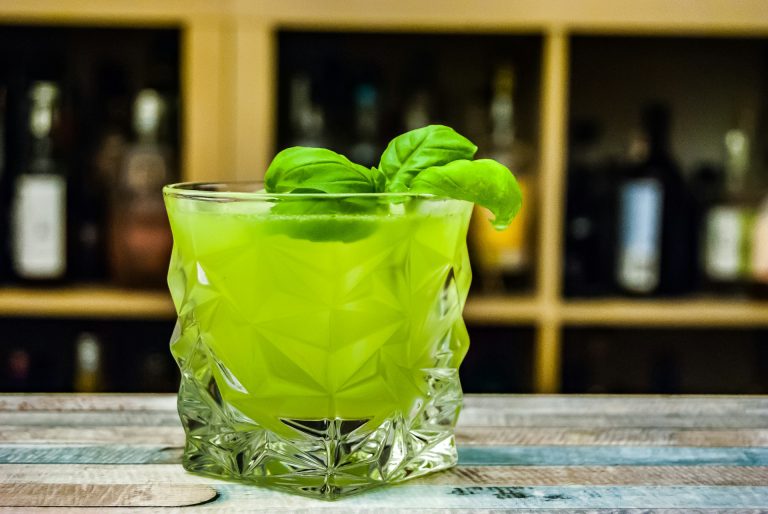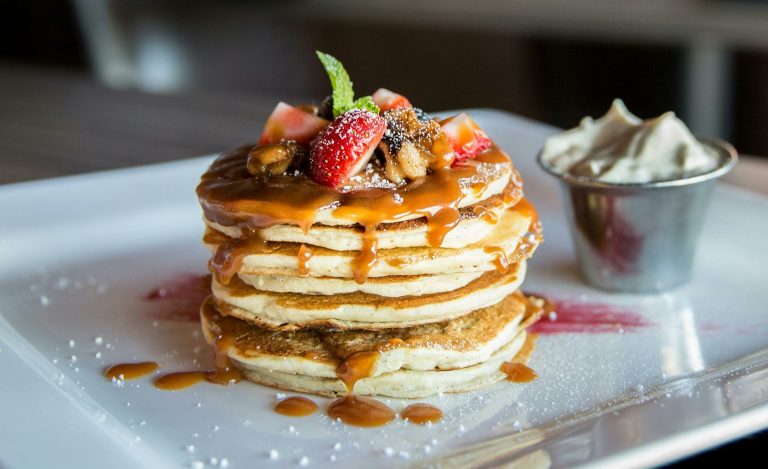It’s not just bartenders who are whipping up fancy drinks anymore – the country has been experimenting with making exciting drinks at home, proving anyone can make a great cocktail with a little bit of effort! People enjoy inventive and Instagram-worthy drinks, and so businesses are meeting their demands for new and exciting alcoholic beverages by crafting dry gins, fruit liqueurs and more that can be used in mixology. Once you have what you need for a homemade cocktail you can join in the craze and wow your friends with your own cocktails.
Bartenders might make it look easy, but there are few tips and tricks you can learn to put yourself amongst the best of them. Read on to pick up on some bar lingo, understand the ingredients you will be using – including select West Country drinks from the Lyme Bay Winery and Jack Ratt range – and pick up a few expert tips, too.
Bar Lingo
When starting on your mixology journey, there’ll be several terms you’ll encounter frequently, and it helps to know what they all mean – and to impress your dinner guests!
Mixed Drink or Cocktail: A mixed drink is a beverage combining two or more ingredients, based around a liquor, such as a gin and tonic or rum and coke. A cocktail is a mixed drink which is predominantly a combination of liquor(s), sweeteners, bitters and ice, which require a bit more work to make than a mixed drink.
Mixers: Mixers are ingredients – often non-alcoholic – which are added to a mixed drink, such as syrups, juices, fruit liqueurs, bitters and sodas.
Splash or Dash: A splash or dash of an ingredient adds just an accent to the drink, like adding a dash of lemon juice. The exact measurements are not important, but a dash is smaller – like a bottle cap-full or less – and used for stronger flavours.
Garnish: A garnish is used as decoration on a cocktail, but should also add taste and flavour, subtly enhancing the cocktail. Read our blog on garnishes and tonics for gin!
Float: Floating is where one alcohol sits on top of another in a glass, creating a layered effect, with the heavier alcohol at the bottom. To float the ingredients, you can pour it carefully down the side of the glass or use a bar spoon.
Free Pour: Free pour is to measure out the ingredients without a jigger or any other measuring device. It can be done accurately with practice, but it’s best to stick to the bar tools to be precise.
Neat: Neat is when the drink is poured straight from the bottle, with no ice. Over rocks means you add the ice!
Straight Up: Used interchangeably with neat, a drink served straight up is shaken with ice and strained into a glass, such as a martini.
Rim: To rim a glass, is to wet the rim – often with lime – then press it into a saucer of salt or sugar for drinks like margaritas. You can be creative, too, using crushed sweets, spices or flavoured salts that will match the drink.
Sours: A sours cocktail includes a base liquor, sweetener and lemon or lime juice, which gives it the sour taste and name.
Liqueur vs Liquor
When making cocktails, you need an understanding of the ingredients you use and to know the difference between liquor and liqueur. Liquors are distilled spirits, so any alcoholic beverage that has been distilled can be classed as a liquor, with the base six being gin, rum, vodka, whiskey, brandy and tequila.
Liqueurs begin as liquor but differ as they have been sweetened and flavoured. They can be homemade but if you want the best liqueur to add delicious flavour to your drinks, take a look at the range we have, including some indulgent cream liqueurs.
Distilled Spirits
As mentioned above, there are six types of liquor used most often in the bar, and it is a good idea to know their primary characteristics:
Gin: Distilled from grains, gin is flavoured with botanicals, with juniper being the trademark flavour. Why not try our delicious dry gin for making your cocktails?
Rum: Rum is distilled from sugar or molasses and is sweeter. Industry experts are predicting 2020 to be the year for rum, so why not check out Lugger rum, our spiced rum, to see if it is your liquor of choice?
Vodka: Vodka is the most used liquor for cocktails and distilled from various ingredients, with grains and potato being most common. We produce a couple of flavoured vodkas including Raspberry Reserve Liqueur.
Whiskey: Whiskey or whisky is a complex liquor, with a variety of styles (Scotch, Bourbon and Irish for example), but they all begin with distilling fermented grains and are almost always aged.
Brandy: Brandy is distilled from fruits, commonly grapes.
Tequila: Tequila is distilled from the agave plant and has an earthy flavour.
Bartending Tips
For those who possess an impressive drinks cabinet, it doesn’t hurt to have a few bartending tricks up your sleeve, even if the delicious drinks are for just for yourself! As well the good selection of top-shelf liquors and liqueurs, you’ll need the right equipment and you should also never overlook the importance of ice!
When making a lot of drinks, you benefit from having your ingredients organised before starting. This stops you from missing out ingredients on the more complicated cocktails – and remember to add ice last when mixing in a shaker to prevent too much dilution. Having fresh ingredients also helps improve the flavour of the cocktails, as does the use of syrup rather than dissolving sugar. For sparkling drinks, if you decide to use our range of English fizz in a cocktail, you don’t want to stir and lose the carbonation! Simply submerge the bar spoon and lift it back through the drink, a method which keeps the bubbles and blends the spirit and mixer. To get that pretty look in sparkling drinks where the bubbles rise from the bottom, you need a rough surface, so lightly scratching the bottom of champagne flutes will get the bubbles to rise.
Share your creations
We’d like to see your homemade cocktails, especially when you’ve incorporated Lyme Bay and Jack Ratt drinks. Tag us on Instagram or Facebook and we’ll share the best.


